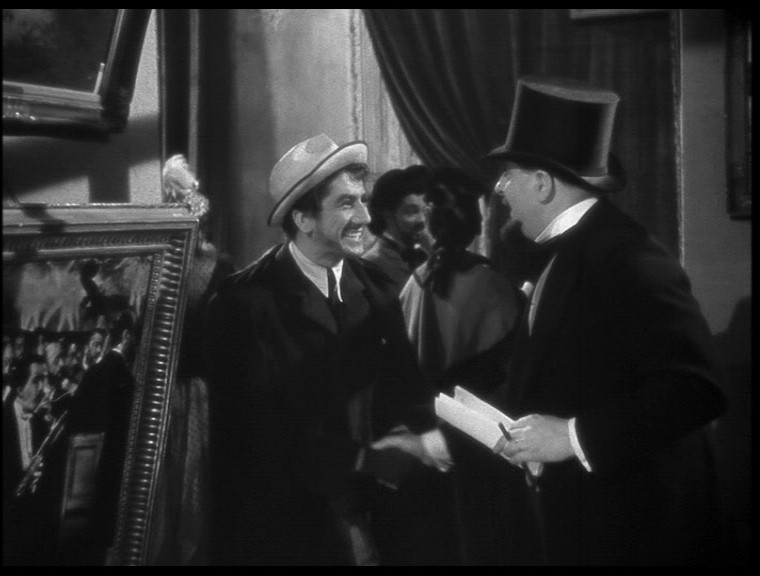
This cinematic triptych, made in France by a German who spent the majority of his career in the USA, displays all the director's narrative and visual style with the minimum of ease and time. Based on the writings of Guy de Maupassant, Pleasure is subdivided into three shrot stories all concerning pleasue - namely Le Masque, La Maison Tellier and Le Modèle. The first taking up approximately 15 minutes of runtime, the second nearly an hour and the third the last 15 minutes or so. In fact, when the film was first devised there was no intention of making Le Modèle but the final story was changed when Édouard Harispuru stepped in as a change of producer. Speaking reasonable French the dialogue surprisingly accurate, though this is because of how Ophüls wrote the script - first he would dictate the dialogue in German to Jean Valère who would write it in her French before Jacques Natanson went through it with a fine-tooth comb to make it as good a screenplay as possible.
.jpg)
Le Masque (pictures above) tells the story of an old man who wears a mask so he can go to lavish balls, so he can approach and court young ladies who otherwise would have turned a blind eye to him. The majority of the story takes place in the decadent palace where the bal is taking place, the camera constantly moving through all three dimensions around the dancing characters, up and down the stairs, creating the space as it moves. The protagonist comes in inebriated and begins drunkenly dancing with a girl before he passes out from exhaustion, it's only when his mask is removed we see him for who he really is - before at his home we are filled in on his story by a doting wife. As striking as the camera movements are it's realy the costume and set design that stand out early on. Within the ball the dancers are constantly framed within windows and/or glass panes that surround the room and when we leave the ball we see a figure framed under the neck of a horse, the camera still [as it usually is in Le Plaisir] at a jaunty offset angle. There's a strange duality in the figure of the mask i feel; we pity him in many ways because his efforts will more often than not prove fruitless whilst we can sympathise slightly with his wife who seems to let this go on endlessly with little complaint. But as a metaphor, perhaps of the audience, putting on a mask to give the appearance of youth so one can fit into decadent surroundings - there seems something profound in this although i'm not sure exactly what.
.jpg)
The bulk of the film is taken up by the story of what happens when a local brothel closes for a day. In La Maison Tellier we only ever see the brothel from the outside, a sly touch of style that allows for an amazing exterior shot that rises up around the outside of the building looking at everything inside through slits, window and door frames (pictured). When the house closes we see that the patrons, the local gentlemen can't get on without it - they try to sit down and have a conversation but the insults soon fly and disorder erupts. It is with a distinct sense of irony that it is the local whorehouse (seen as very respectable by the locals) which keeps the town running smoothly. Meanwhile the girls from the house go into the Normandy (although the original text is set elsewhere in France) countryside to see the first communion of the Madamme's niece. The hilly landscape fitting in perfectly with the director's style of offset camera angles and constant 3-dimensional panning and track. Within the church itself, ornately adorned with cherubs and other iconography (something criticised at the time although the actual church looks exactly like the set does) both the baroque nature of the film and the heavy emotional subtext come to the fore. During the ceremony, without reason, one of the girls - the outspoken Rosa, starts to weep which soon spreads until everyone in the church is crying. It becomes abundantly clear at this point the joy of the brothel, the smiles on the girls' faces as they invite the customers in is just a facade - and hence why we only see the outside of the building (literally only the facade) in the same way the patrons only see a front the girls put on. Following some celebratory drunkness the girls return to the house and everything goes pretty much back to the way it was before in town. There seems to be a moral tale at play here, but the film never judges the girls - they are merely women earning money from something they appear to enjoy; certainly their customers leave satisfied but nevertheless in the moment when they cry you realise that they are sad inside and that their job- to which they return, is stifling their emotional freedom. A tale of pleasures of the flesh and immorality, but not an overtly preachy or pious one, or indeed happy (despite appearances).
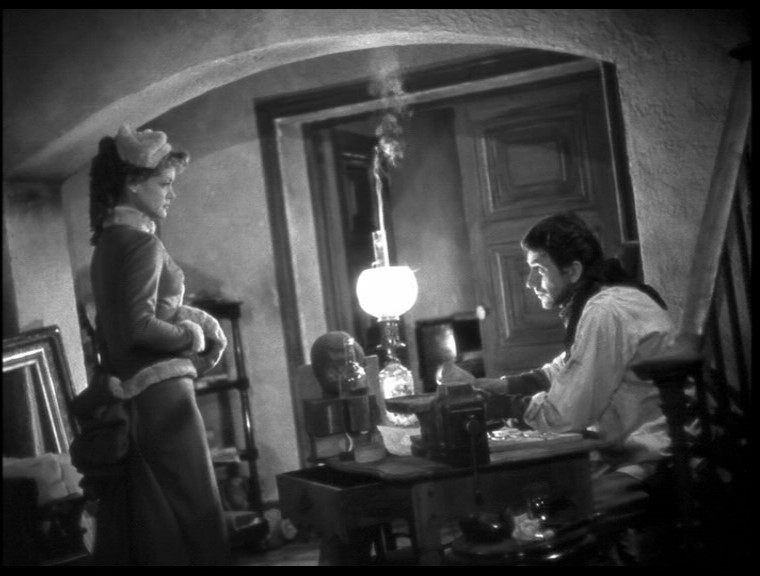
In the final tale an artist seeks happiness, joy and fulfilment through his muse - Le Modèle. In the most visually impresive of the three stories the opening shot tells the whole story of the protagonists' relationship without a single cut. Seeing his muse for the fiorst time the artist runs up some stairs after her, they disapear round a corner behind a wall and emerge seconds later hand-in-hand descending stairs opposite towards the camera. When the arguments start the camera follows one chase through the house, tracking through walls, following the character's pursuit before framing them in a window pane or door frame. In the final scene of the film, the most impressive technical shot of the film emerges: at the end of an argument the model turns out of frame, then walks up some stairs to throw herself out of the window. The camera, watching the argument in medium shot turns in time with the model becoming a 1st person P.O.V which then walks up the stairs, with the model's shadow on the wall in front of the camera, before opening the window and jumping out - the camera films the fall from the model's viewpoint the whole way down including crashing through the conservatory ceiling. Then in the final shot, going against every other shot in the film - no extraodinary detail in the set, no complex aperture framing or strange camera angles, no tracking either vertically or laterally - we get a glorioulsy simple, picturesque shot of people on an almost empty beach and thus, a sense of happiness is finally achieved. 8/10
Combustible Celluloid review




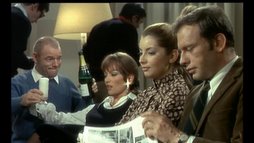
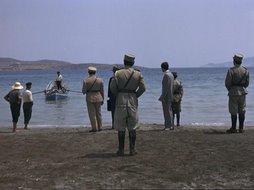

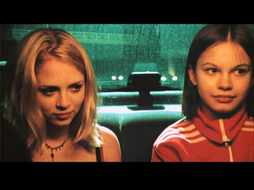
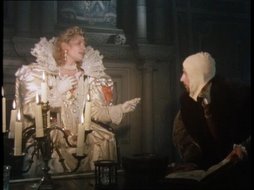
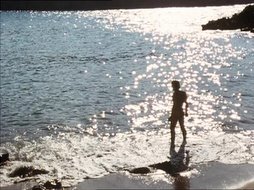
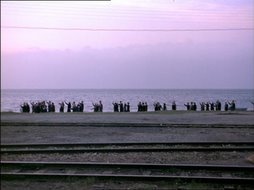
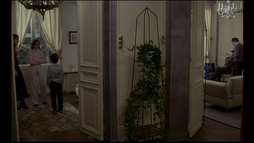
1 comment:
longchamp, ray ban sunglasses, chanel handbags, nike air max, louis vuitton, replica watches, longchamp outlet, louis vuitton outlet, ugg boots, nike roshe run, tory burch outlet, ray ban sunglasses, air max, louis vuitton outlet, uggs on sale, longchamp pas cher, louboutin pas cher, kate spade outlet, louis vuitton, oakley sunglasses, prada outlet, oakley sunglasses, longchamp outlet, gucci outlet, nike air max, nike free, oakley sunglasses, nike free, michael kors, tiffany jewelry, prada handbags, louboutin, polo ralph lauren outlet, christian louboutin outlet, ralph lauren pas cher, replica watches, polo ralph lauren outlet, nike outlet, louboutin shoes, louboutin outlet, sac longchamp, ugg boots, louis vuitton, air jordan pas cher, burberry, oakley sunglasses, jordan shoes, cheap oakley sunglasses, ray ban sunglasses, tiffany and co
Post a Comment